How to Prepare Your Home for a New Pet: Expert Tips for a Smooth Transition
Introduction
Getting a new pet to live with you is a happy and exciting experience. However, to ensure a smooth transition for both you and your new furry (or feathered) friend, it’s important to prepare your home accordingly.
This guide will walk you through the essential steps on how to prepare your home for a new pet, ensuring a safe and welcoming environment.
1. Choose a Pet-Friendly Space
One of the first steps in how to prepare your home for a new pet is designating a specific area where your pet can feel comfortable. This space will act as their sanctuary as they adapt to the new environment. Whether it’s a quiet corner for a cat, or a roomy area for a puppy, this step is key.
Setting Up a Comfortable Resting Area
Create a cozy spot with bedding where your new pet can rest. If you have a dog or cat, a pet bed or crate will help them feel secure. Make sure the resting area is away from loud noises and distractions, providing a peaceful retreat for your pet.
Quiet and Safe Zones for Adjustment
During the first few days, your new pet may feel overwhelmed. Establishing a quiet zone where they can gradually adjust to their new surroundings can reduce stress. This is particularly crucial if you have additional pets living with you.
2. Gather Essential Supplies
Before your new pet arrives, you’ll need to gather all the necessary supplies. Preparing these items in advance is crucial in how to prepare your home for a new pet. From food to bedding, making sure you have the essentials will ensure your pet feels at home from day one.
Choosing the Right Supplies Based on the Pet Type
Different pets require different supplies. A dog will need a leash, collar, and food bowls, while a cat will require a litter box, scratching post, and toys. Having these items ready helps avoid last-minute stress and ensures a smooth transition for your new companion.
Pet-Specific Items: Toys, Litter Box, Scratching Post
Be sure to include interactive toys to keep your pet engaged. Cats may need a scratching post, while dogs will appreciate chew toys. A litter box for cats or a designated potty area for dogs is also essential.
3. Pet-Proof Your Home
Pet-proofing your home is an important step in how to prepare your home for a new pet. Pets, especially younger ones, are naturally curious and may get into trouble if your home isn’t properly pet-proofed.
Remove Hazards and Unsafe Items
Take the time to remove any potential hazards. Household items such as cleaning supplies, sharp objects, and even small decorations can pose a risk to your new pet. Store these items out of reach, especially for smaller animals like kittens or puppies.
Toxic Plants and Dangerous Household Items
If you have plants in your home, make sure they are not toxic to pets. Many common houseplants, such as lilies and aloe vera, can be harmful if ingested. Additionally, keep electrical cords and small objects out of reach. Puppies and kittens are especially notorious for chewing on anything they can find, so make sure any dangerous items are secured.
4. Create a Safe Outdoor Space
If your new pet will have access to the outdoors, it’s important to ensure the area is safe and secure. This is a key part of how to prepare your home for a new pet.
Fencing and Boundaries
For pets like dogs that will spend time in the yard, make sure your fence is secure and high enough to prevent escape. Cats may also enjoy some supervised time outside, so consider creating an enclosed area or using a leash to ensure their safety.
Pet-Friendly Yard and Garden
Make your outdoor space pet-friendly by removing any toxic plants or dangerous objects. Some plants and garden chemicals can be harmful if ingested by pets. Keep your yard clean and safe, so your pet can enjoy exploring without risk.
5. Establish Feeding and Play Areas
Part of how to prepare your home for a new pet includes setting up designated feeding and play areas. Establishing a routine from the beginning helps your pet adapt faster.
Separate Feeding Areas for Multiple Pets
If you already have other pets, it’s a good idea to create separate feeding areas to avoid territorial disputes. Giving each pet their own space to eat can reduce stress and prevent food aggression.
Playtime and Exercise Areas
Whether indoors or outdoors, make sure there’s enough room for your pet to play and get exercise. Dogs need space to run around, while smaller animals like birds or hamsters need areas to explore and stay active.
6. Prepare Your Family for the New Arrival
When learning how to prepare your home for a new pet, it’s important to prepare everyone in the household, not just the home itself.
Set House Rules and Responsibilities
Before bringing the new pet home, discuss house rules with your family. Who will be responsible for feeding, cleaning, and exercising the pet? Setting clear expectations helps ensure the pet is properly cared for.
Introducing the New Pet to Children
If you have kids, make sure they understand how to securely engage with the new pet. Encourage gentle play and explain how to respect the pet’s space, especially during the first few days as the animal adjusts to their new surroundings.
7. Plan for the First Few Days
The first few days after bringing home your new pet can be a bit overwhelming for both you and the pet. The transition may go more smoothly if you have the plan.
Gradual Introduction to New Spaces
Start by introducing your pet to one room at a time. Let them explore slowly, getting comfortable with their surroundings before opening up more areas of the house.
Monitor Behavior and Health
During the initial days, monitor your pet closely for any signs of stress or illness. If your new pet seems overly anxious or shows symptoms of being unwell, it’s best to consult a vet for advice.
8. Pet Identification and Safety
An important step in how to prepare your home for a new pet is ensuring your pet is easily identifiable in case they get lost.
Microchipping and Identification Tags
Consider microchipping your new pet and ensuring they have proper identification tags with your contact information. This can be a lifesaver if your pet ever wanders off.
9. Build a Relationship with a Veterinarian
To ensure your pet stays healthy and happy, it’s a good idea to build a relationship with a local vet.
Regular check-ups will help keep your pet in good health and catch any potential problems early.
Conclusion
Learning how to prepare your home for a new pet is the first step in ensuring a happy and smooth transition for your new companion. By following these steps—creating a pet-friendly space, gathering essentials, pet-proofing your home, and preparing your family—you’ll set the stage for a loving and fulfilling relationship with your pet.
Whether you’re bringing home a playful puppy or a curious cat, being prepared makes all the difference.
If you’re interested in learning more about managing difficult behaviors in pets, check out our guide on How to Rescue an Aggressive Dog for valuable insights on addressing aggressive tendencies in your pet.
Reference
How to Prepare Your Home For a New Puppy





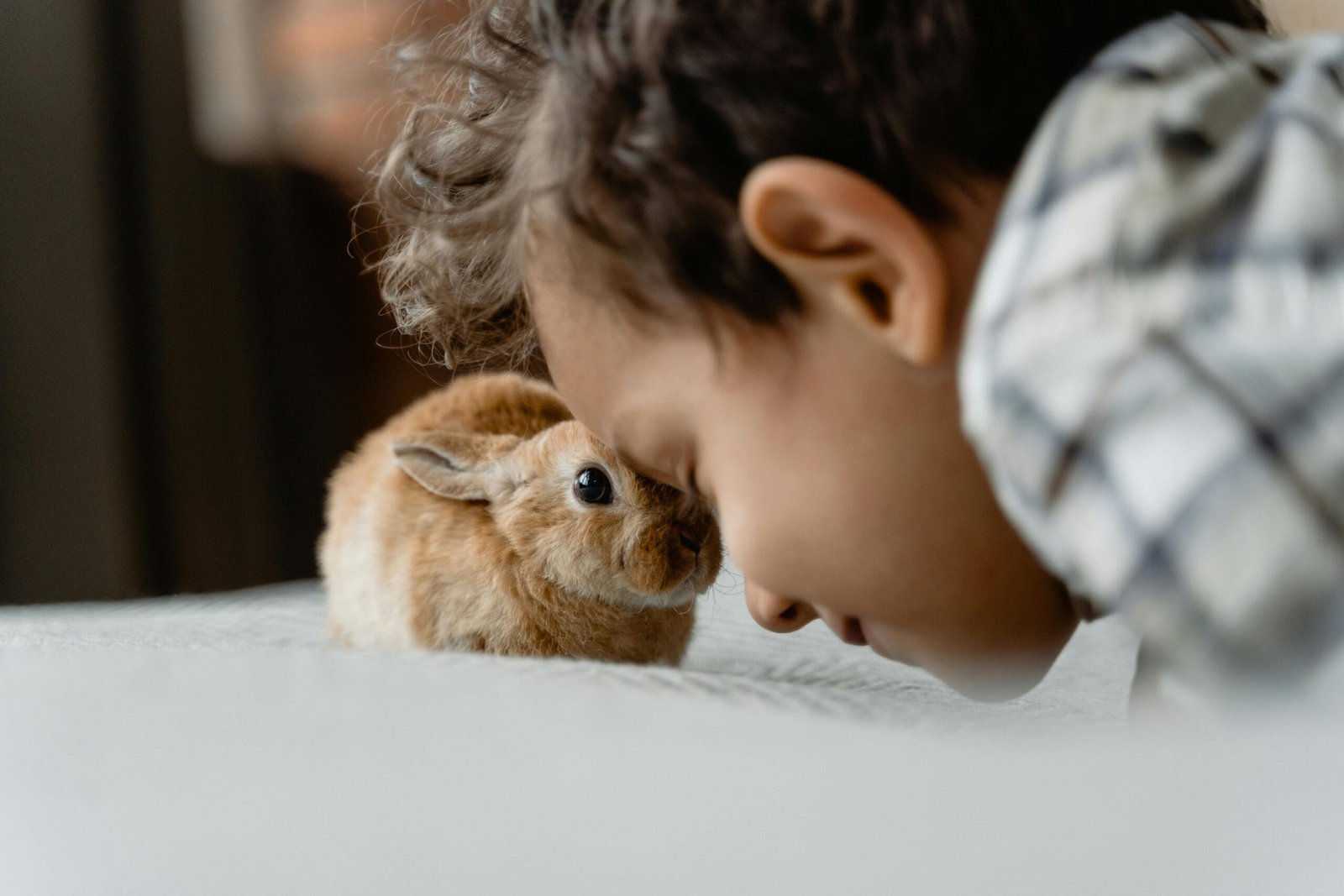
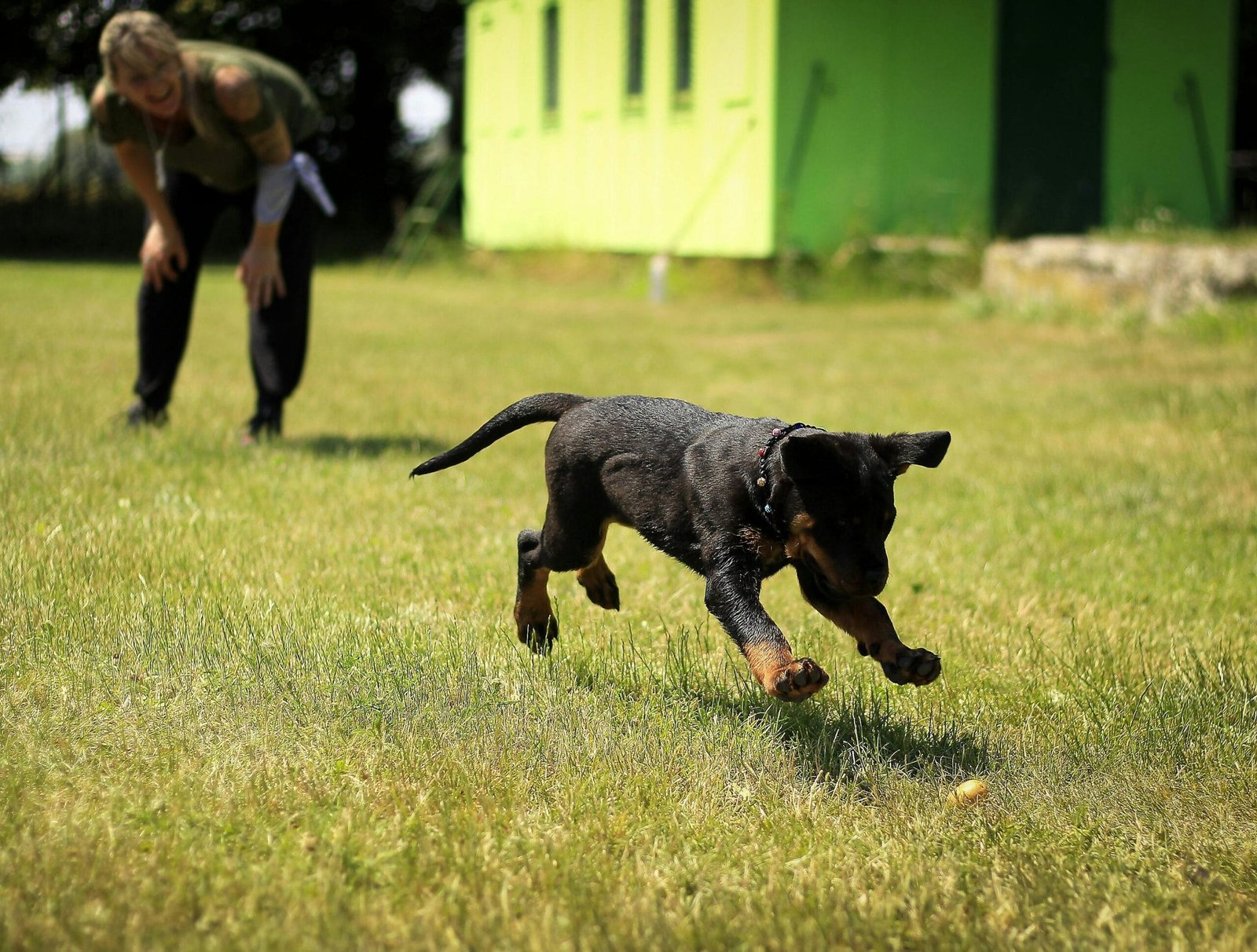
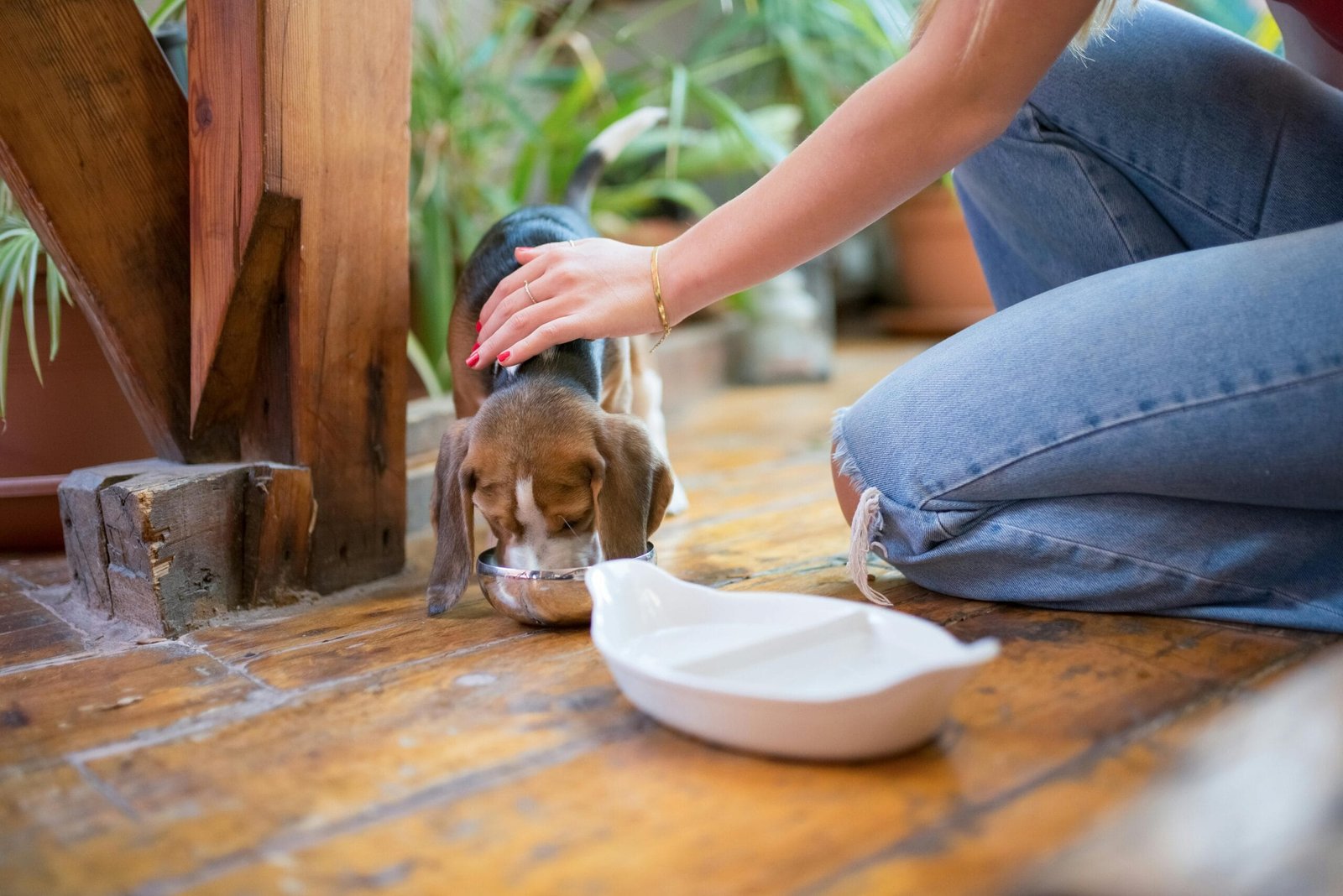
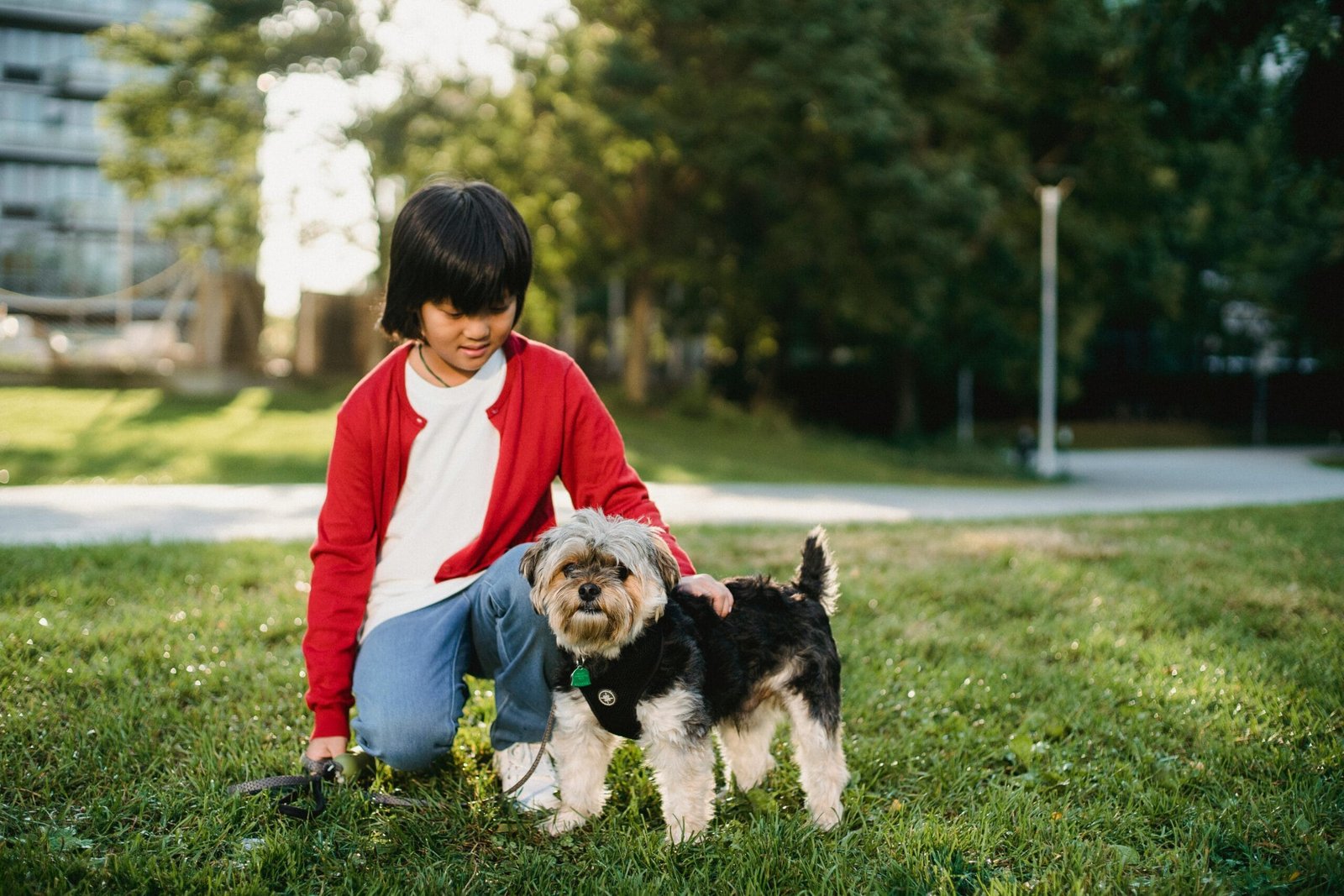

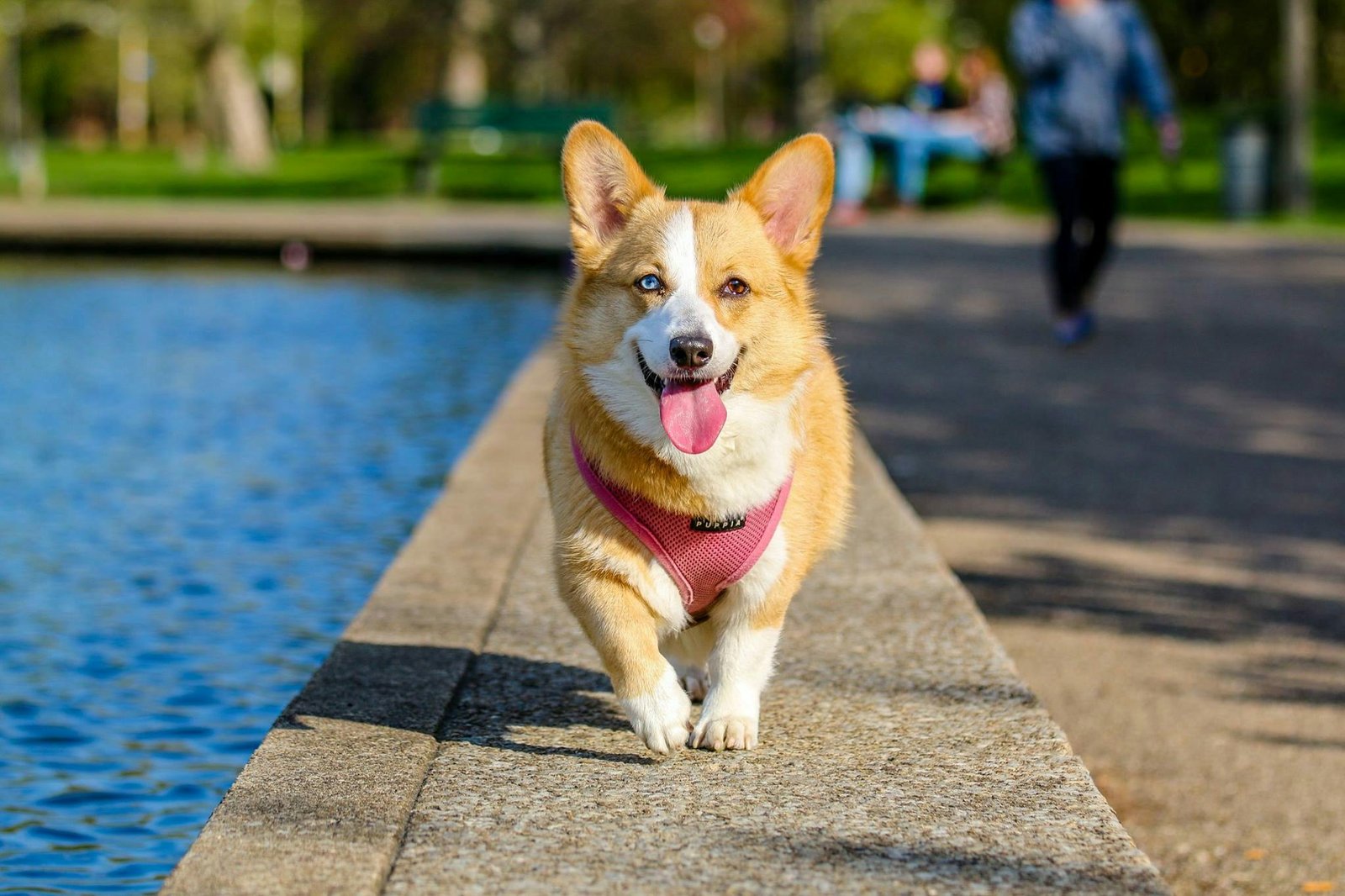



Pingback: Daily Pet Care Checklist For Busy Pet Parents | Essential 7 Top Tips For Stress-Free Care | PETS LOVER BLOG
Pingback: Unique Small Pets To Consider: Discover Fascinating Companions Beyond Cats And Dogs | PETS LOVER BLOG